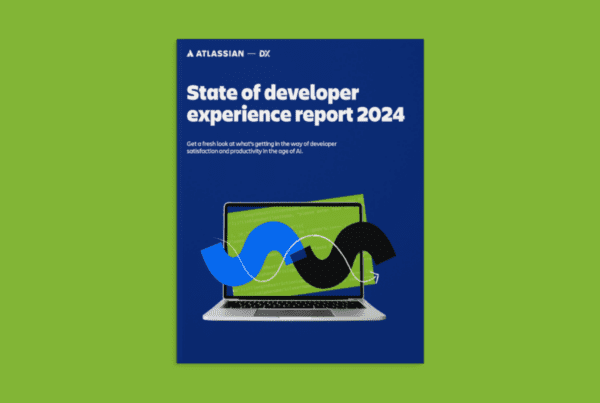As a recruiter specializing in the developer tools space, I’ve seen first-hand the unique challenges that come with marketing to a technical audience. Developers are a savvy bunch, and they can spot insincerity from a mile away. Getting your solution noticed by the right audience can be a daunting challenge. With countless options at their fingertips (as well as the option to build their own), software developers seek devtools that not only enhance their efficiency but also integrate seamlessly into their current projects. So, how do you effectively design marketing strategies for this discerning crowd? Here are a few key insights I’ve gleaned over the years to engage and convert your target users effectively.
Choose one Channel Wisely as a Core Focus
When it comes to marketing your developer tool, rather than spreading yourself thin across multiple platforms, choose one channel where you can truly excel. Whether it’s content marketing through blogs and newsletters, social media engagement, or community participation, excelling in one area can help you build a strong, recognizable brand presence.
By providing valuable insights, tutorials, and industry news, you can establish your brand as a trusted resource in the developer community.
Offer Multiple Calls to Action
Having more than one call to action (CTA) can help you cater to different segments of your audience. So for example, on your website, include a CTA for a paid product that showcases the advanced features and benefits of your tool. However, don’t forget about the developers who prefer to test the waters before committing. On your GitHub repository, you could provide a way for them to get started for free, allowing them to explore your tool and see its value first-hand.
A dual-path strategy caters to different user needs and enhances conversion rates by providing immediate value through trial experiences alongside premium offerings.
Leverage Influencer Partnerships
Partnering with creators who have an established audience can be a game-changer for B2C products. Find creators who align with your brand values and have a genuine interest in your tool. By collaborating with them, you can tap into their engaged following and accelerate the adoption of your product. This can be particularly effective when targeting specific programming languages or frameworks.
These partnerships can rapidly boost the visibility of your developer tool and your visibility and credibility.
Engage and Speak Their Language
Marketing strategies that resonate with software developers hinge on authenticity and relevance.
Active participation in the developer community is not just about visibility—it’s about building relationships.
A great blog post from Developer Markepear I read last week really emphasised the adverse reaction that developers have to adverts. Jakub Czakon’s research on Hacker News revealed that developers often react negatively to advertising, associating it with strong emotions such as “disgust” and “anger”. Recognizing this mindset is crucial when designing marketing materials. Avoid aggressive conversion tactics that can tarnish long-term brand relationships. Instead, focus on making ads relevant and unobtrusive, enhancing user experience rather than disrupting it. Read this article for some great insights.
Furthermore, a lot can be said for the importance of having a great Developer Relations function in your company, even as a startup. Having a Developer Advocate who engages in forums, contribute to open-source projects, coordinate hackathons and sponsor events, can really boost awareness of your platform without hard-hitting sales tactics. This shows your commitment to the community’s growth and helps you gain valuable insights into developers’ needs and preferences.
Developers appreciate clear, concise communication. Avoid buzzwords and marketing jargon. Instead, use the language and terminology that developers are familiar with. Show that you understand their world and the challenges they face.
Build Trust Through Transparency
Be open and honest about what your tool can and can’t do. Developers value transparency and will quickly lose trust in a company that overpromises and underdelivers. Provide detailed documentation, be responsive to feedback, and own up to any limitations or issues.
Encourage feedback through all your channels. This engagement shows that you value user input and are dedicated to refining your tools. Regular updates based on user feedback can also enhance loyalty and user satisfaction, as customers see their input having a tangible impact.
Effective marketing strategies for developer tools require a deep understanding of software developers as a demographic. By focusing on authenticity, transparency, and providing real value, you can build trust and establish your tool as a go-to solution in the developer community. Remember to focus on one extraordinary channel, offer multiple CTAs, collaborate with influential creators, speak their language, and build trust through transparency. With these strategies in place, you’ll be well on your way to successfully marketing your developer tool.



